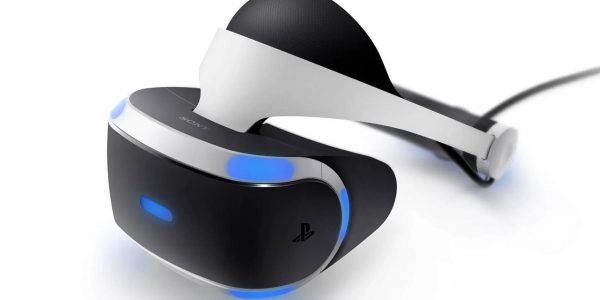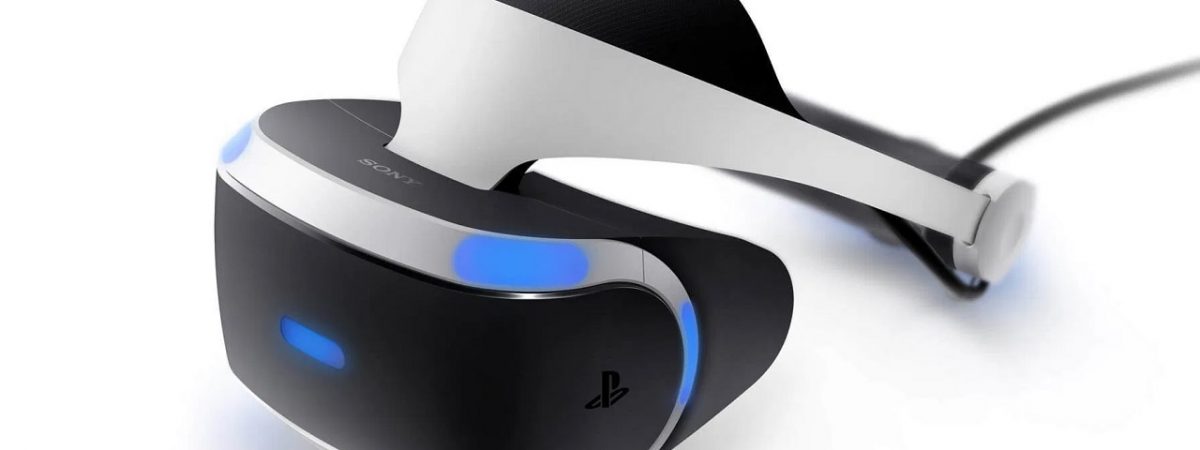When we think of virtual reality, most people picture VR gaming headsets and people flailing at invisible enemies. VR may have gotten its mainstream start in the gaming industry, but it’s not staying there. Audi and other automotive manufacturers are working on creating VR experiences for people in their vehicles. Why could we see VR in cars, and what does this mean for gaming as we move toward the future?
Audi and Holoride
Most of us probably haven’t thought about gaming in the car since we were kids, hoping desperately that the battery on our Gameboy would last long enough to reach our destination — and that playing wouldn’t make us motion sick. Once we got our driver’s licenses and got behind the wheel, the idea of gaming in the car got put away with other childish things. According to their announcements at 2022’s South by Southwest (SXSW) festival, Audi is hoping to change that.
After June 2022, Audi passengers will be able to use Bluetooth to pair their VR headsets with their vehicles, creating an extended reality experience. The goal here is to turn your car into a mobile theme park — each time the car turns or speeds up, the virtual vehicle you’re traveling in does the same. Select models that have the latest infotainment system and software cluster will be able to access this VR experience later this year. It is important to note that this feature is only for passengers.
Tesla Arcade
Audi isn’t the only manufacturer looking to add gaming to its driving experience. Tesla is working on the creation of the Tesla Arcade, allowing passengers to play games from various platforms. According to Elon Musk, “Entertainment will be critical when cars drive themselves.” While this isn’t the VR gaming experience that Audi is trying to create, Tesla is currently working on making Steam games work on their platform. If this pans out, it could give Tesla owners access to a massive library of indie and triple-A titles during their trips.
To keep up with the rapidly increasing gaming specs, Tesla is working on a console that offers up to 10 teraflops of processing power, with wireless controllers that allow gamers to play from any seat in the vehicle. This would make it comparable to the PS5, which has 10.3 teraflops of processing power.
Gaming Behind the Wheel
Right now, even cars equipped with self-driving features are minimal and require constant monitoring and human interaction. Autonomous deliveries are more likely to take the form of robots than they are full cars — at least for a while. Uber’s self-driving tests in 2018 have already proved how dangerous it can be for the driver to be distracted by video games. With this sudden push for video-game-enabled vehicles, what does this mean for the future of gaming behind the wheel?
Passengers are free to do whatever they want as long as it doesn’t distract the driver — which includes gaming. Risks arise when Tesla or Audi drivers put their cars in self-driving mode and pick up the controller or put on the VR helmet. Until self-driving technologies no longer need the assistance of their human drivers, gaming in the driver’s seat won’t be safe.
Looking Forward
The push for VR gaming — or gaming in general — in cars like those offered by Audi and Tesla might seem like a foolish waste of time and money, but Elon Musk is right in many aspects. It will be essential to keep people entertained on long trips if they don’t have to sit behind the wheel and steer the car. Eventually, we may advance to a point where cars no longer need or have steering wheels. Tesla and Audi will be ready to keep passengers entertained when we get there.




